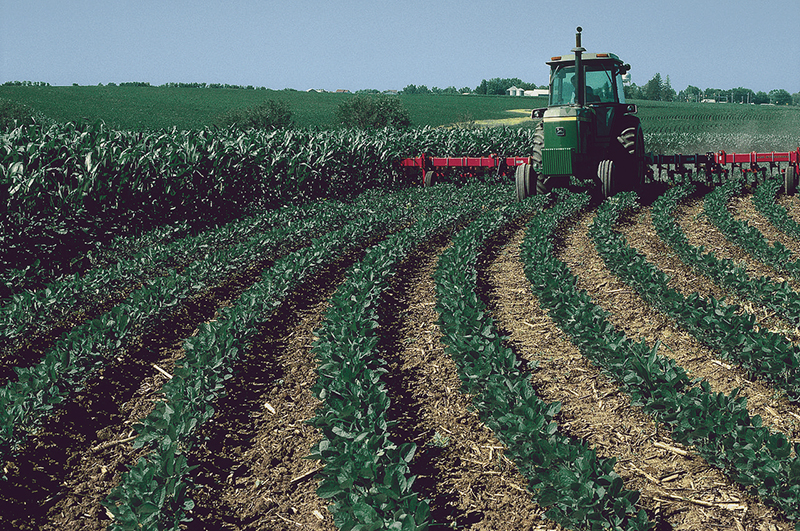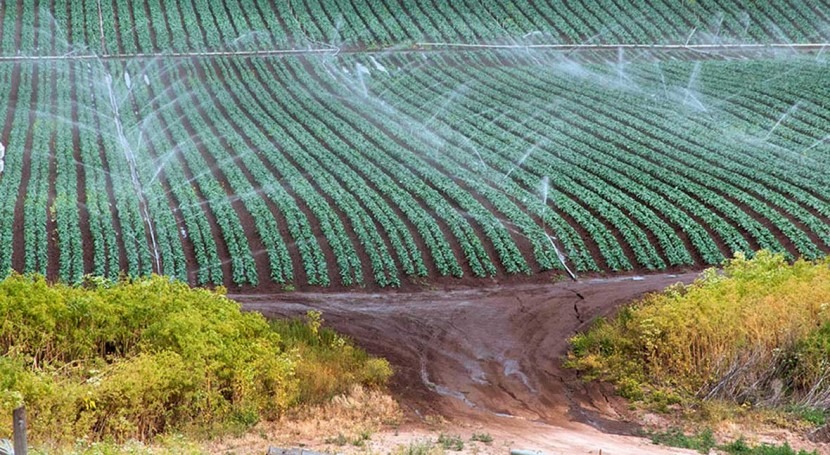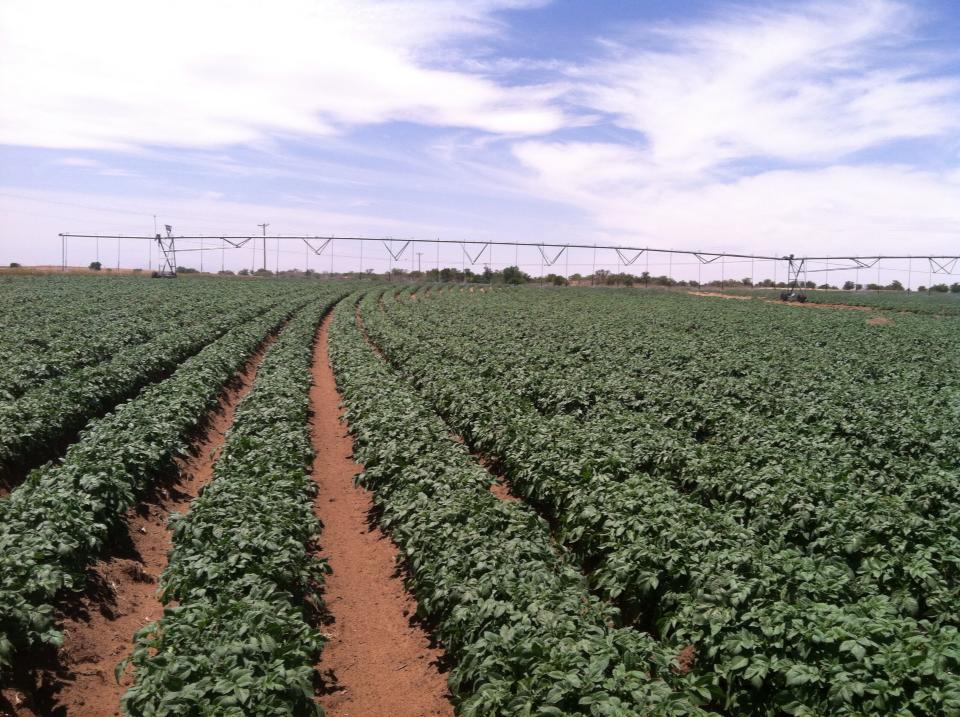Vegetative barriers may be used in conjunction with other conservation practices or conservation tillage systems to reduce soil erosion and improve water quality.
Looking for a conservation buffer practice for sloping cropland that takes less land out of production than a 20 ft. wide filter strip that is compatible with your conservation tillage system? You may want to consider a Vegetative Barrier!
Vegetative Barrier (NRCS conservation practice Code 601) is a conservation buffer practice consisting of permanent strips of stiff, narrow (3- to 5-ft wide), dense vegetation planted along the general contour of slopes or across concentrated flow areas at angles convenient for farming. When stiff-stemmed, perennial grasses are planted in narrow strips, they reduce sheet and rill soil erosion, decrease ephemeral gully erosion, manage water flow, stabilize steep slopes, and trap sediment. Vegetative barriers may be used in conjunction with other conservation practices or conservation tillage systems to reduce soil erosion and improve water quality. Vegetative barriers can be a low cost, natural way to meet conservation objectives.

Scientific studies have shown that perennial grasses used for vegetative barriers must exhibit a specific stem size and density to meet the vegetation stiffness index (VSI) requirement for concentrated flow areas and to improve the efficiency of other conservation buffer practices such as Filter Strip (Code 393) and Field Border (Code 386). In addition to stem qualities, perennial grasses must have tolerance to:
- herbicides used on adjacent cultivated crops
- partial shading from cultivated crops
- inundation by sediment
- local climatic extremes (flooding, drought, freezing temperatures, etc.)
They must also be easily established, long-lived and manageable as a narrow strip, non-weedy and not too competitive with adjacent cultivated crops.
The biggest challenge with using the Vegetative Barrier conservation practice in the past has been lack of definitive recommendations for which grass species met the VSI requirements. That challenge has been resolved, thanks to the work of NRCS Plant Materials Centers (PMC) to take measurements to determine VSI and then develop a national technical note on Selecting, Planting, and Managing Grasses for Vegetative Barriers.
It contains several perennial warm and cool grasses meeting the VSI requirements for vegetative barrier use and other helpful information to assist field offices, other conservationists, and producers with installation and maintenance of the Vegetative Barrier practice in different areas of the U.S. The list of warm and cool perennial grasses will be periodically updated as PMCs identify other perennial grasses meeting vegetative barrier criteria.
For example, producers in the Mid-Atlantic States have many options to incorporate vegetative barriers into their conservation plans. The Cape May, NJ and Beltsville, MD PMCs determined that Timber Germplasm switchgrass met the VSI for concentrated flow erosion control, while ‘Rumsey’, Coastal Germplasm, and Suther Germplasm Indiangrass, ‘Alamo’, ‘Blackwell’, and High Tide Germplasm switchgrass, ‘Niagara’ big bluestem, and ‘Atlantic’ coastal panicgrass are suitable for controlling erosion in conjunction with other NRCS conservation buffer practices due to their VSI.

For additional information on the grasses mentioned above or listed in the national technical note, please see the USDA PLANTS database. For more information on the Vegetative Barrier practice, contact your local NRCS field office or the nearest PMC or plant materials specialist.

Minimum Tillage
It is the operation in which tillage and sowing are combined in one operation, as illustrated in Fig. 22.5. Such operations create a coarse soil surface and fine lumps of soil between rows. The loose and porous texture of the soil allows a good infiltration capacity. The surface runoff by this operation is reduced by about 35% and soil erosion by about 40%.
